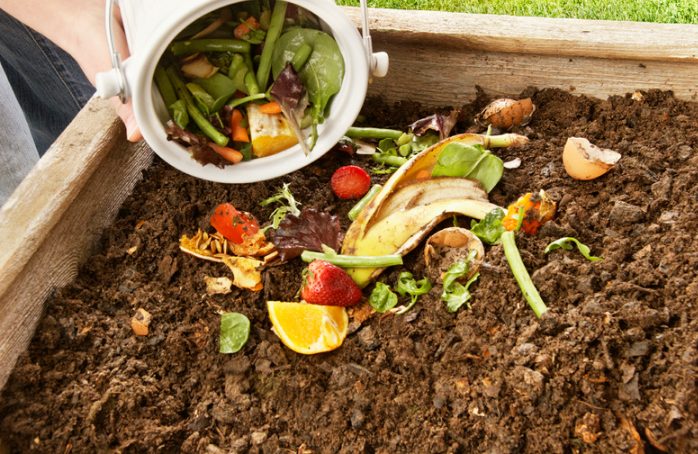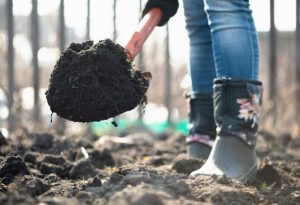How To's, Composting
5 Simple Steps to Composting at Home
5 Simple Steps to Composting at Home
Making your own compost at home is an excellent way to reduce waste and create nutrient-rich soil for your plants and garden.
With just a few simple steps, you can turn food scraps and yard waste into a valuable resource that will help your garden thrive.
Step 1: Choose a Composting Method
There are several different methods of composting to choose from, depending on your space, materials, and preferences. Some popular methods include:
- Outdoor Composting: This method involves building a compost pile or using a compost bin in your backyard or outdoor space.
- Indoor Composting: This method involves using a small bin or container to compost food scraps and other organic materials indoors.
- Vermicomposting: This method involves using worms to break down food scraps and other organic materials in a specially designed worm bin.
Choose the composting method that works best for your needs and space.
Step 2: Gather Materials
To make compost at home, you’ll need a mix of “green” and “brown” materials. Green materials include food scraps, coffee grounds, and yard waste like grass clippings and weeds. Brown materials include leaves, twigs, and shredded paper. Aim for a ratio of about three parts brown materials to one part green materials.
You’ll also need a compost bin or container to hold the materials, as well as a source of water to keep the compost moist.
Step 3: Build Your Compost Pile
If you’re using an outdoor composting method, start by choosing a location for your compost pile. Ideally, this should be a well-drained area that is easily accessible but not too close to your home or garden. Choose a compost bin that is appropriate for your space and needs.
Start by adding a layer of brown materials to the bottom of the compost bin, followed by a layer of green materials. Continue layering brown and green materials until the compost pile is about three feet tall.
Step 4: Maintain Your Compost Pile
To keep your compost pile healthy and active, it’s important to maintain it properly. This includes:
- Adding water: Your compost pile should be damp, but not too wet. Add water as needed to keep the materials moist.
- Turning the pile: Use a garden fork or shovel to turn the compost pile every few weeks. This will help to aerate the materials and speed up the composting process.
- Monitoring the temperature: As the materials in your compost pile break down, they will generate heat. Use a thermometer to monitor the temperature of your compost pile. Aim for a temperature between 50 – 65 degrees Celsius, which is the optimal temperature range for composting.
- Adding more materials: As you generate more food scraps and yard waste, add them to your compost pile to keep it active and healthy.
Step 5: Harvest Your Compost
After several weeks or months, depending on the size of your compost pile and the materials used, your compost will be ready to use. Look for signs that the materials have broken down into a dark, crumbly soil-like substance. This is the finished compost.
To harvest your compost, use a garden fork or shovel to remove the finished compost from the bottom of the compost pile. Use the compost to fertilize your plants and garden or store it in a covered bin to use later.
Ultimately, making your own compost at home is a super simple and extremely rewarding way to reduce waste and promote healthy, fertile soil. By following these simple steps, you can turn ordinary food scraps and yard waste into a valuable resource that will help your garden thrive.
So why not give composting a try?
Your garden (and the planet) will thank you for Composting at Home!




